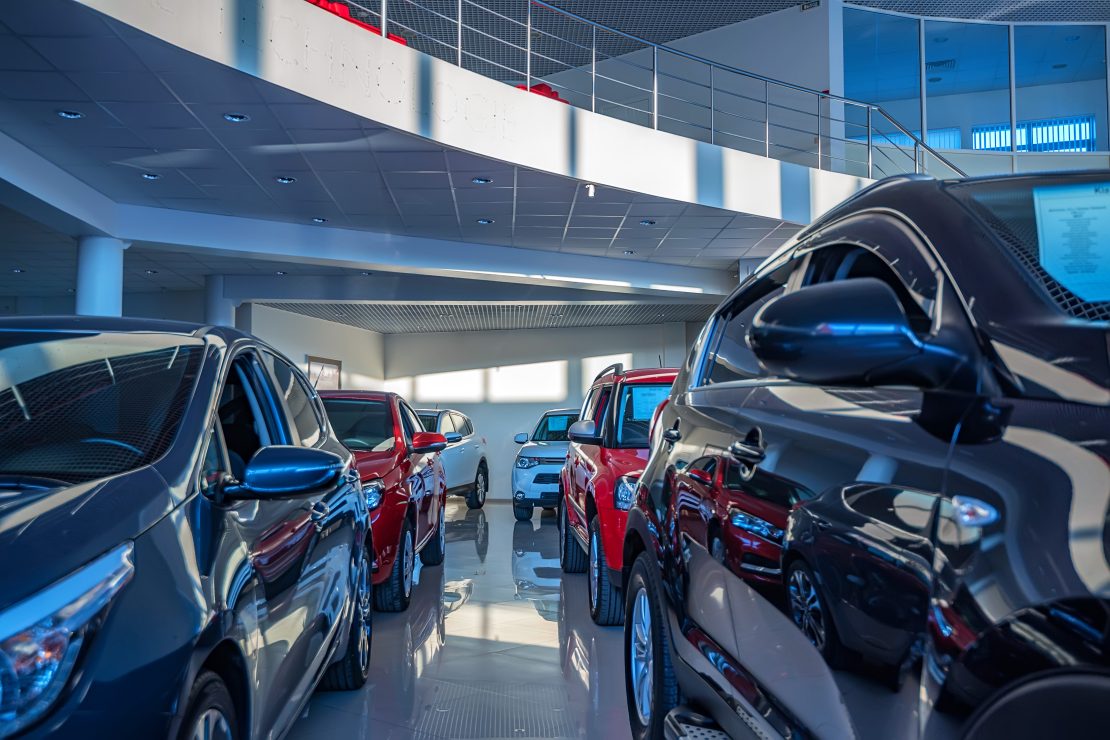The global automotive industry is experiencing a paradigm shift, with Chinese automakers emerging as powerful players not just in Asia, but across the globe. Nowhere is this transformation more evident than in the Middle East, where Chinese automotive brands are rapidly reshaping market dynamics, consumer preferences, and the competitive landscape. With a focus on affordability, electric vehicle (EV) technology, and rapidly developing aftersales support, Chinese manufacturers are gaining traction in a region historically dominated by Japanese, American, and European brands. This blog explores how Chinese automakers are influencing the Middle Eastern market, what it means for stakeholders, and the implications for the future of mobility in the region.
Introduction
In recent years, the Chinese automotive industry has undergone dramatic evolution. No longer perceived as mere budget alternatives, Chinese carmakers have made significant investments in design, technology, safety, and sustainability. The Middle East, a region with high car ownership rates and an increasing focus on green energy and innovation, presents an attractive opportunity for these emerging giants.
Market entry and expansion strategies
Chinese automotive brands such as Chery, Geely, MG, BYD, and Haval have entered Middle Eastern markets with tailored strategies:
- Pricing and value proposition: Competitive pricing combined with enhanced features has allowed Chinese vehicles to appeal to cost-conscious yet tech-savvy consumers.
- Local partnerships: Collaborations with regional distributors and dealers have enabled efficient market penetration and localized customer experiences.
- Adaptation to regional needs: Offering models with improved air conditioning systems, fuel efficiency, and durability suited to desert climates.
Technology and Innovation
Chinese car makers are at the forefront of EV and smart car technologies:
- Electric and hybrid models: Brands like BYD are introducing EVs and plug-in hybrids, aligning with the Middle East’s growing sustainability agendas (e.g., Saudi Vision 2030, UAE Green Mobility initiatives).
- Smart features: Integration of AI-driven infotainment, advanced driver-assistance systems (ADAS), and connectivity tools that resonate with digitally inclined consumers.
Challenges and perceptions While progress is notable, challenges remain:
- Brand perception: Some consumers still associate Chinese vehicles with lower quality, though this perception is quickly fading as newer models demonstrate reliability and style.
- Service infrastructure: Ensuring consistent aftersales service and parts availability remains critical for long-term success.
Implications for the middle eastern market
- Increased competition: Established players must now contend with agile, tech-focused Chinese brands.
- Affordability driving adoption: Chinese cars make vehicle ownership accessible to a broader segment of the population.
- Shift towards electrification: As Chinese EVs gain ground, they accelerate the region’s shift toward greener transport solutions.
Evolving sales dynamics of chinese vehicles in the middle east
Saudi Arabia
- In 2024, Chinese car brands accounted for approximately 12% of new vehicle sales, up from less than 1% in 2017.
- Brands such as Jetour, Changan, Geely, and SAIC Motors have shown strong performance, with Jetour alone recording 9,569 unit sales.
- The total vehicle registrations surpassed 1 million for the first time, with Toyota leading at 225,743 units.
United Arab Emirates
- Chinese automakers increased their market share from 4% in 2023 to nearly 7% in 2024, representing an 86% increase in units sold.
- Jetour captured 3% of the UAE market, with its T2 model securing the 8th position and a 1.7% market share.
- There was a 77% surge in inquiries for Chinese brands in late 2024, indicating growing consumer interest.
Industry analysts predict that Chinese automakers will continue to expand their market share in the Middle East, driven by competitive pricing and value-for-money offerings. The brands are also flexible to align to regional sensitivities. BYD for example has agreed to build a $1 billion plant in Turkey with an annual capacity of 150,000 vehicles, signalling a commitment to the region (this after Turkey introduced stringent conditions on importing plug-in hybrid vehicles from other countries, aiming to encourage local production).
Conclusion
The rise of Chinese automotive manufacturers in the Middle East marks a significant shift in the region’s mobility landscape. As they continue to invest in technology, local partnerships, and customer engagement, Chinese brands are poised to redefine consumer expectations and drive the next wave of automotive transformation in the region.

